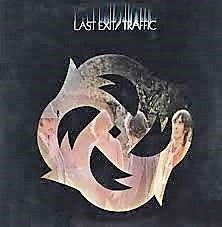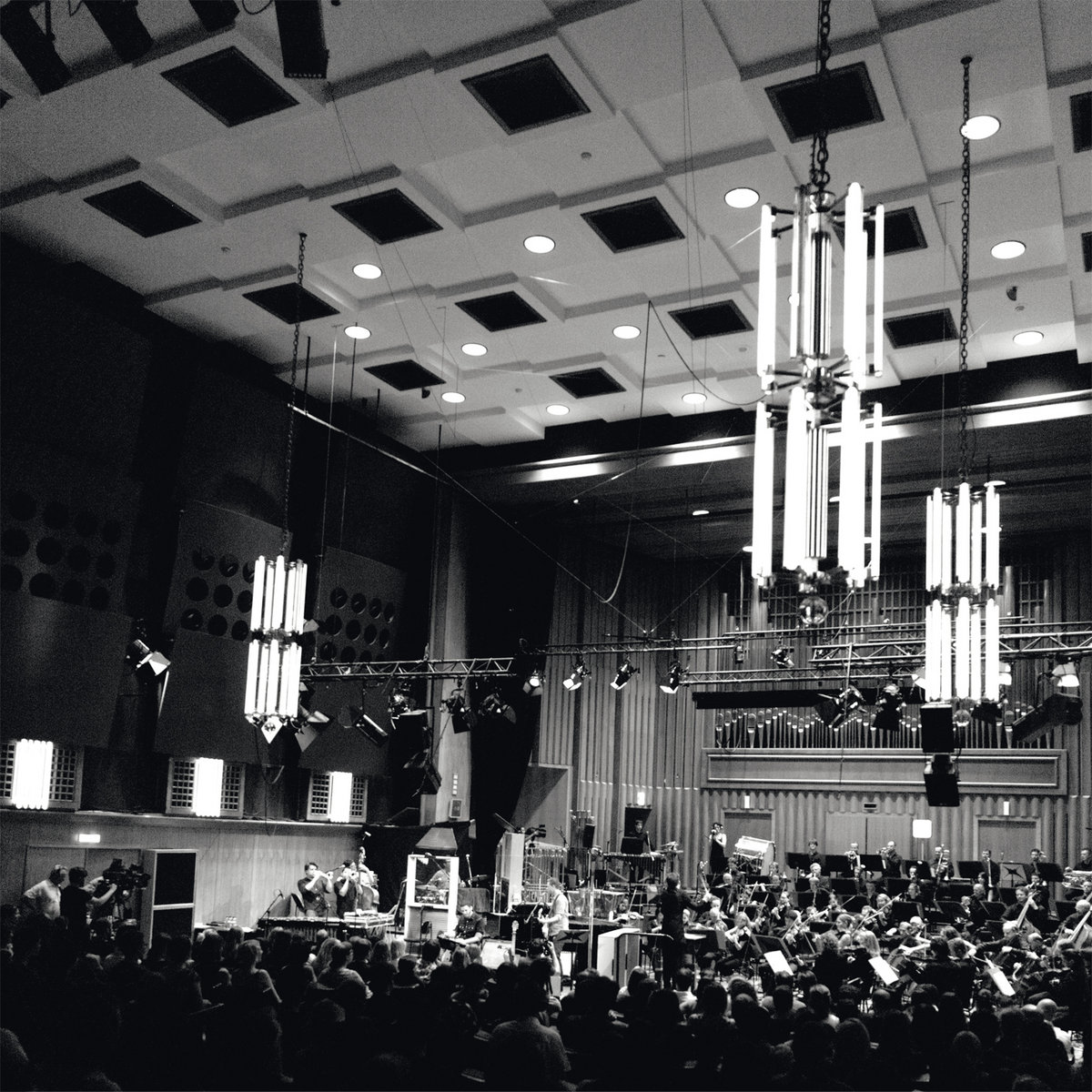Of course, Frank’s in charge, so he’s the one setting up each new song. “Penguin In Bondage” gets a typically suggestive setup to slightly illuminate the arcane references within the lyrics. “Pygmy Twylyte” is a funky setup for the lengthy “Dummy Up” routine, featuring the return of Jeff Simmons, who’d notoriously quit amidst 200 Motels. In all, a long way to go to make fun of people who’d smoke anything for a kick. He gets downright nostalgic on “Village Of The Sun”, a look back at a dive he used to play in the early ‘60s, set to a “Hey Love” groove. “Echidna’s Arf (Of You)” is a wildly intricate instrumental piece, sliding right into “Don’t You Ever Wash That Thing?”, reminiscent of the big-band sound of the Waka/Jawaka and Grand Wazoo albums. The stops and starts seem designed for Frank’s introduction of Ruth’s amazing dexterity.
By now his affection for bad ‘50s monster movies was renowned, and it could be said that his two-minute setup for “Cheepnis” is more entertaining than the song itself, but it is one of the band’s better routines. (The brains behind Mystery Science Theater 3000 made it imperative to work as many Zappa references as possible into episodes through the entire series run.) It’s a good thematic bridge to “Son Of Orange County”, which slows down that theme to a crawl, and incorporates a then-current reference to Nixon. And just to show how things haven’t changed, “More Trouble Every Day” reprises the “riot song” from the first Mothers album.
For years now, the Zappa estate has been dangling the possibility of an expanded Roxy & Elsewhere, with even more music from the shows, and most excitedly for fans, a DVD with the visuals. This would undoubtedly help with one’s enjoyment of “Be-Bop Tango (Of The Old Jazzman’s Church)”. Another challenging instrumental, it took up side four of the original album. While not exactly reminiscent of what the layman might recognize as a tango, it presents more musical pyrotechnics until getting derailed by scatting and ridicule of jazz improv, which is to set up the audience participation portion of the show. Zappa concerts often thrived (throve?) on audience participation, but in this case audience members are invited to dance in accompaniment to the improvised music. You read that right—we’re supposed to listen to people dancing, and enjoy it.
With a little editing, Roxy & Elsewhere could be excellent; as it is, it’s merely good, but one of the better Zappa releases, and another good place for newbies to start. The title was apt, as the original live performances were overdubbed and augmented with music from other locations—one reason why the legend persisted of the original run. The shows were filmed, but it took four decades for sync problems to be worked out. As the film neared completion, Roxy By Proxy presented a raw mix of performances from the shows, and in some ways it’s superior, with more music, minimal comedy, early versions of “Inca Roads”, “T’Mershi D’Ween”, “RDNZL”, and “Dupree’s Paradise”, and a medley of “King Kong”, “Chunga’s Revenge”, and “Mr. Green Genes”. Roxy—The Movie finally came out as DVD or Blu-ray bundled with a soundtrack CD, and eventually The Roxy Performances delivered all four shows, complete, on seven CDs, with rehearsal, soundcheck, and studio recordings, including the basic tracks of the “Yellow Snow” suite (through “Father O’Blivion”) on Apostrophe. (If that wasn’t enough to experience this band, Halloween 73 presented two entire shows from Chicago plus rehearsals from about six weeks earlier on four discs, and also condensed to one “highlights” disc.)
Zappa/Mothers Roxy & Elsewhere (1974)—3½
Zappa/Mothers Roxy By Proxy (2014)—4
Zappa/Mothers The Roxy Performances (2018)—3½













